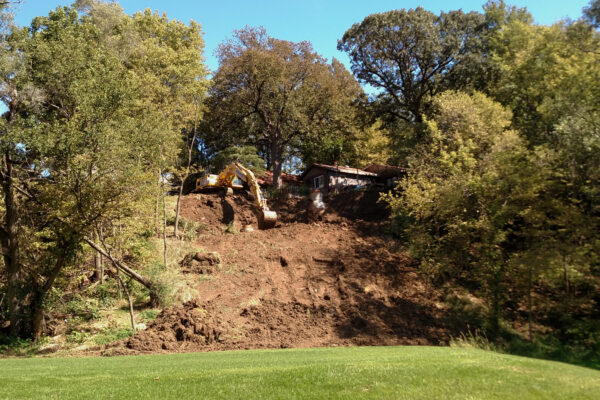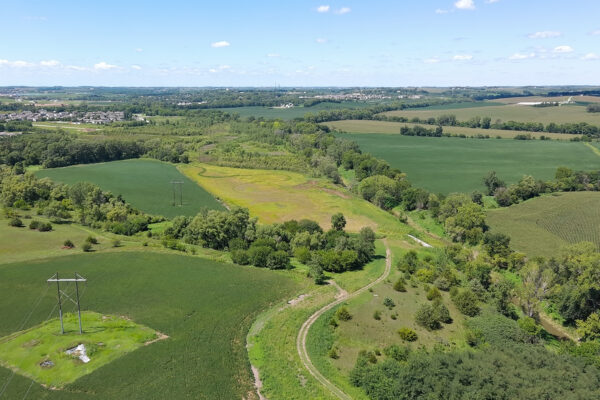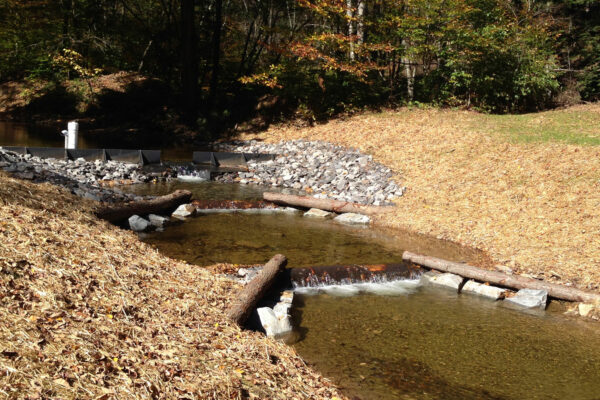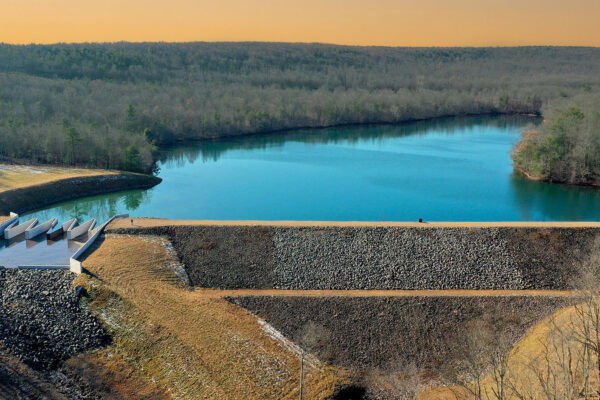Otto Colliery Abandoned Mine Remediation
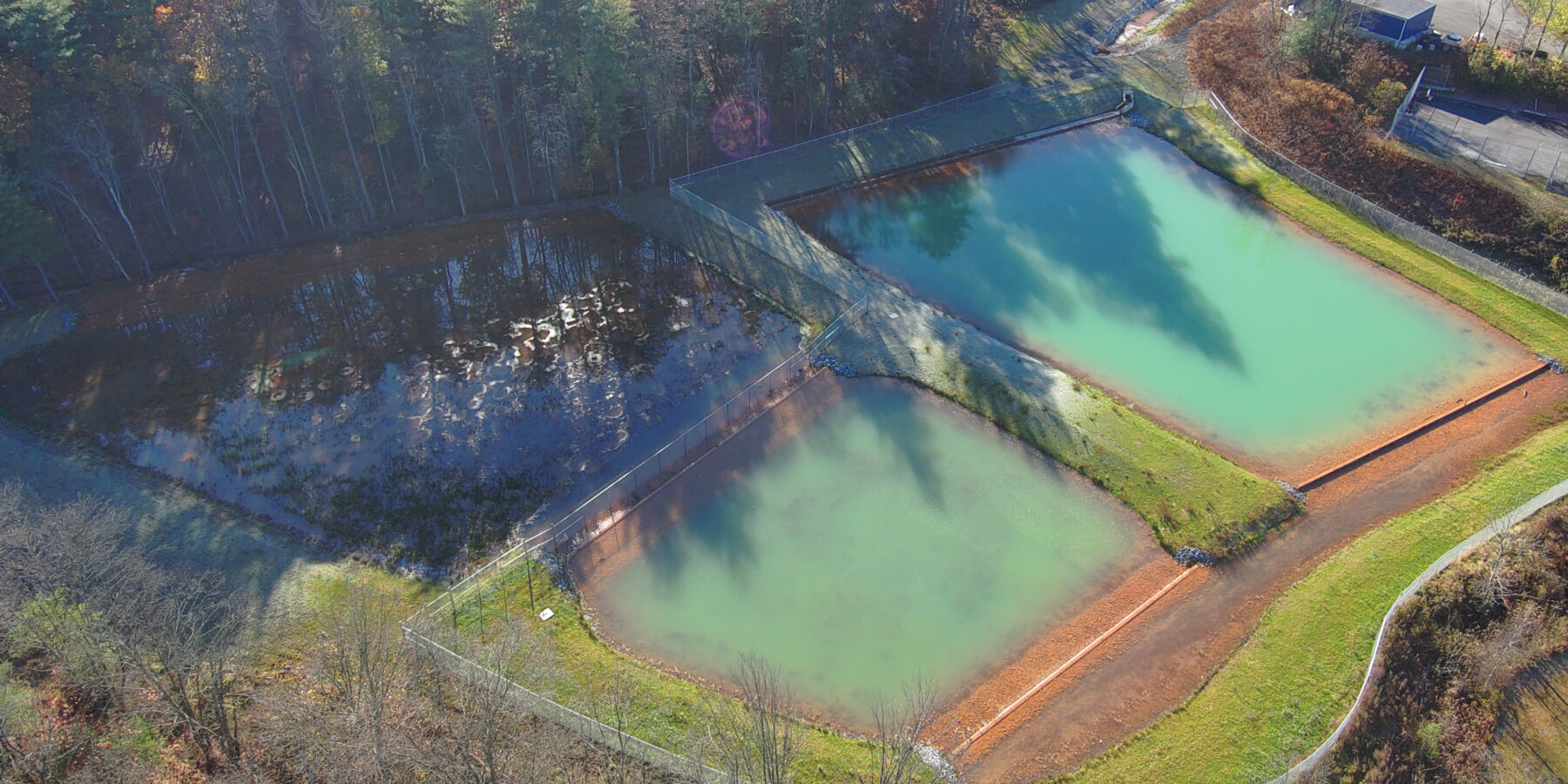
The Otto Colliery Airshaft Discharge (Otto Discharge) located in Schuylkill County is one of the largest sources of abandoned mine drainage in the Schuylkill River watershed in southeastern PA. The Otto Discharge has been labeled one of the most severe pollution sources in the watershed due to its high flow and iron concentrations and has been made a high priority for remediation.
The project goal was to reduce metals loading and restore aquatic habitat in Muddy Branch and ultimately the West Branch of the Schuylkill River.
The existing treatment system diverts the existing discharge with a stream diversion structure and provides a small amount of aeration through the hydraulic drop into an oxidation pond. This pond promotes deposition of iron oxide precipitates that form as a consequence of aeration. The oxidation pond is followed by two aerobic wetland cells to promote further deposition.
Prior to the diverted flow reentering Muddy Branch, the flow enters an oxic limestone drain to further aid the removal of manganese and trace metals, add alkalinity, and mitigate temperature fluctuations. However, this oxic limestone drain is currently plugged with sediment and is no longer functional.
Benesch first provided a plan to clean out the aerobic wetland cells. This was a high priority since the wetland cells were overflowing the berms of the cells where flow was not intended and therefore could cause a failure(s) of the berms. The second phase involves designing a plan to add aeration back into the system prior to the oxidation pond and perform a clean out of the oxidation pond.
The initial project survey revealed that the high water levels could be resolved by removing existing weir boards; these boards were adjusted to reduce the water level. The reduced water level allowed the clean out and the aeration improvements to be completed together.
Five aeration weirs were added to a widened stream channel before the discharge reaches the settling ponds. The ponds were reconfigured to minimize short circuiting of the flow and aeration weirs were added between each pond. These highly effective weirs only require an 8” drop but are able spread the water out over 100 feet, creating a thin film that drops over the weir and aerates the water.
Funding for the original treatment system construction and this design revision were supplied by a USEPA 319 grant. This project is currently under construction.

